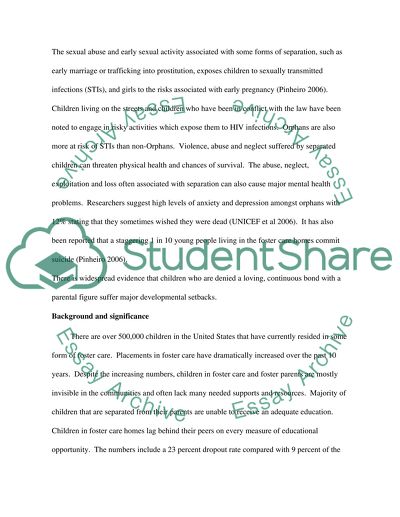Cite this document
(“Importance of Children in Foster Care Homes Thesis Proposal”, n.d.)
Retrieved from https://studentshare.org/other/1428109-why-child-separation-matters
Retrieved from https://studentshare.org/other/1428109-why-child-separation-matters
(Importance of Children in Foster Care Homes Thesis Proposal)
https://studentshare.org/other/1428109-why-child-separation-matters.
https://studentshare.org/other/1428109-why-child-separation-matters.
“Importance of Children in Foster Care Homes Thesis Proposal”, n.d. https://studentshare.org/other/1428109-why-child-separation-matters.


